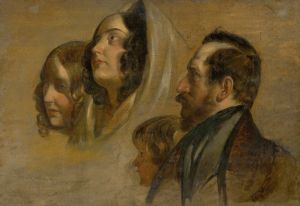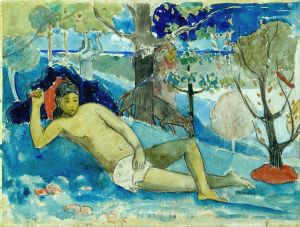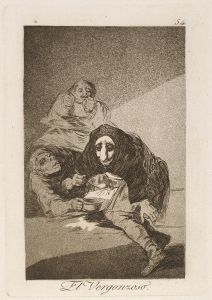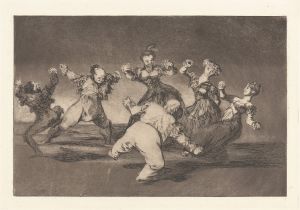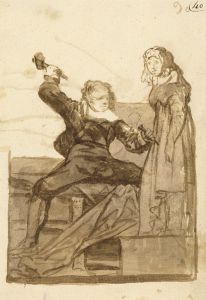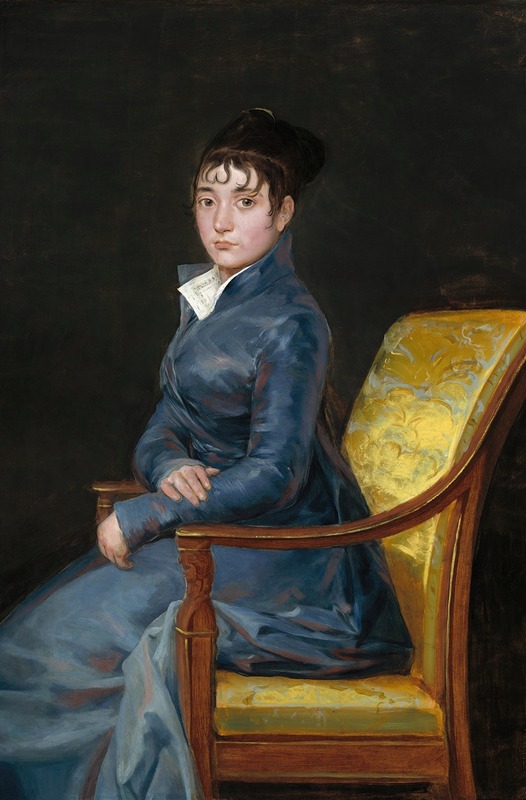
Thérèse Louise de Sureda
A hand-painted replica of Francisco de Goya’s masterpiece Thérèse Louise de Sureda, meticulously crafted by professional artists to capture the true essence of the original. Each piece is created with museum-quality canvas and rare mineral pigments, carefully painted by experienced artists with delicate brushstrokes and rich, layered colors to perfectly recreate the texture of the original artwork. Unlike machine-printed reproductions, this hand-painted version brings the painting to life, infused with the artist’s emotions and skill in every stroke. Whether for personal collection or home decoration, it instantly elevates the artistic atmosphere of any space.
Francisco de Goya, one of Spain's most renowned painters, created a portrait titled "Thérèse Louise de Sureda." This artwork is part of Goya's extensive body of portraiture, which captures the likenesses of various figures from Spanish society during the late 18th and early 19th centuries. Goya's portraits are celebrated for their psychological depth and ability to convey the character and status of the sitter.
Thérèse Louise de Sureda was the wife of Bartolomé Sureda y Miserol, an influential figure in the Spanish industrial sector, particularly known for his work in the Royal Porcelain Factory of Buen Retiro and later as the director of the Royal Spanish Mint. The Sureda family was part of the enlightened bourgeoisie, which played a significant role in the cultural and economic development of Spain during this period. Goya's connection to the Sureda family is documented, as he also painted a portrait of Bartolomé Sureda.
The portrait of Thérèse Louise de Sureda exemplifies Goya's mature style, characterized by a keen observation of the sitter's personality and social standing. In this painting, Goya employs a restrained palette and soft brushwork, focusing on the sitter's facial expression and attire to convey her elegance and poise. The background is typically subdued, allowing the viewer's attention to remain on the subject.
Goya's ability to capture the essence of his sitters is evident in this portrait. Thérèse Louise de Sureda is depicted with a serene and composed demeanor, reflecting her status and the refined qualities expected of women in her social class. Her attire, likely fashionable for the time, further emphasizes her position within society. Goya's attention to detail in rendering the textures of fabric and the subtle play of light on her features showcases his technical skill and artistic sensitivity.
The portrait of Thérèse Louise de Sureda is part of a broader context of Goya's work during a tumultuous period in Spanish history. As a court painter, Goya had access to the upper echelons of society, yet he also witnessed the political and social upheavals of his time, including the Peninsular War and the subsequent changes in Spanish governance. These experiences influenced his art, leading to a more introspective and sometimes critical approach to his subjects.
While the exact date of the portrait's creation is not specified, it likely falls within the period when Goya was actively engaged in portraiture, capturing the likenesses of various members of the Spanish elite. This painting, like many of Goya's portraits, serves as a historical document, providing insight into the individuals who shaped Spanish society during a time of significant change.
In summary, Francisco de Goya's portrait of Thérèse Louise de Sureda is a testament to his mastery as a portraitist and his ability to convey the complexities of his sitters. Through this artwork, Goya not only immortalized an individual but also offered a glimpse into the cultural and social fabric of his era.






